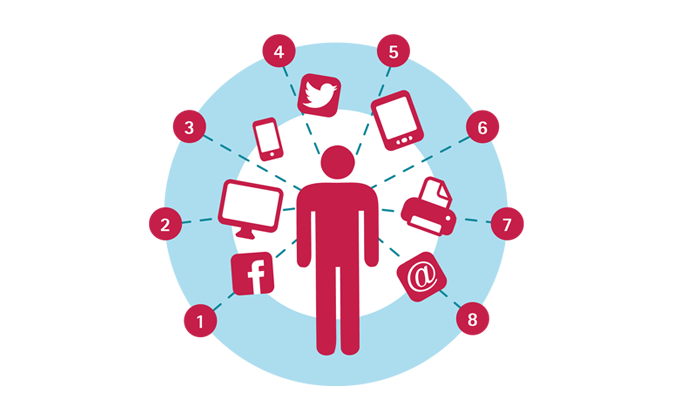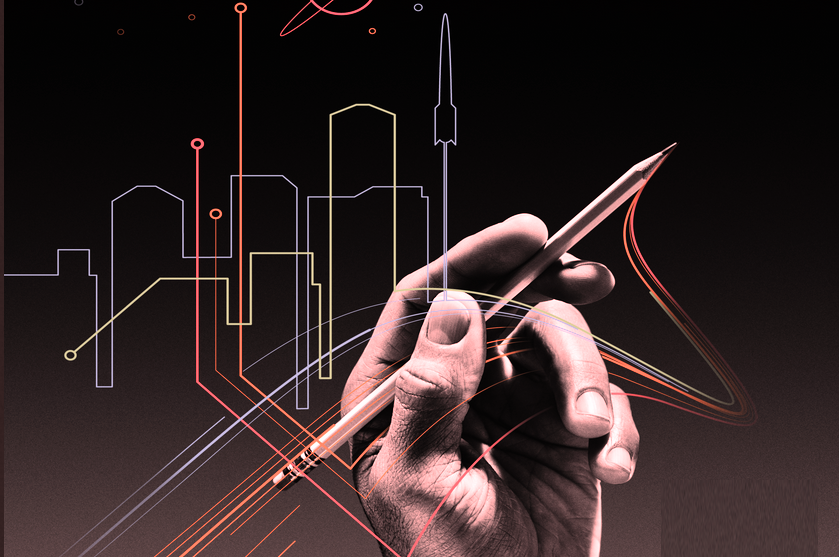Nanotechnology is the branch of technology that deals with dimensions and tolerances of less than 100 nanometres, especially the manipulation of individual atoms and molecules. Over the last two decades of basic nanoscience research and more than a decade of focused research, applications of nanotechnology are delivering in both expected and unexpected ways on nanotechnology’s promise to benefit society.
Nanotechnology has been hailed as an opportunity to bring all kinds of greatness. This includes being able to improve diagnostics, increase the efficiency of energy and enhance water purification techniques. It has also been a point of concern for some who worry that it could become the realm of the wealthy, further increasing social and economic inequalities. However, reporting for the World Economic Forum, Sonia Contera (2015) explains that it does have the potential to be utilised for the purposes of lowering inequalities. One of the challenges that is highlighted is that sometimes new technology may naturally favour workers that have more skills leading to the replacement of those that are unskilled and raising the levels of demand for those that are skilled. However, carefully managed with effective policies and governance it could be possible to reduce inequality through nanotechnology rather than increase it.
Writing from the point of view as a scientist and an educator, Contera argues:
“In the lab, the internationality and multidisciplinarity of nanotechnology empowers our male and female students from all backgrounds and enhances their scientific and technological creativity and entrepreneurship.”
Nanotechnology and blood tests
It has already been seen that there are lots of different types of nanotechnology implementations that could be cheap and easy to put in place, with little need for lab infrastructure. One example is a student, Elizabeth Holmes, who founded a company named Theranos at the tender age of 19. Theranos takes nanoparticles to improve blood testing at a much cheaper cost than currently. Elizabeth Holmes goal is to help all people everywhere through this, regardless of age, gender, ethnicity or geography. The idea behind it is to allow people to be empowered through real time testing, diagnosis and monitoring. On this note, nanotechnology has drastically reduced the price of certain blood tests like glucose and electrolyte/fluid balance for examining kidney and liver function by 72%. The test’s name is Comprehensive Metabolic Panel. Additionally the complete blood count test which looks at types and numbers of blood cells is cut back by 61% by nanotechnology. The test for vitamin level is reduced by 91% using these tests. All of these tests are provided by Theranos and use nanotechnology.
Nanotechnology and water remediation
Another problem being solved by technology is water remediation. At Bucaramanga in Colombia, a group of research scientists at the Industrial University of Santander have been working on a way to synthesise nanoparticles on certain fibres that are used in sacks for transporting coffee in Colombia. When the fabric is enhanced with nanotechnology in this way it can be used for remediation of water that has been poisoned by indigo which is used for making denim in the local area. This is an interesting example as it is indicative of the types of solutions that can be created cheaply and on a local basis to solve local problems.
Yet another example is the creation of a customisable water filter by Askar Hilonga, which uses sand and nanomaterials. This can be used for disinfection and for water decontamination. Hilonga has reportedly been working with a number of entrepreneurs in Tanzania to use the filters in order to provide schools with healthy drinking water. There are big plans to transform community centres and make them into water hubs of water purification, allowing people to access safe water in a cost effective manner. This shows how nanotechnology can be used to solve complex challenges for social good, helping to reduce disparities.
Nanotechnology and transportation infrastructure
Nanotechnology promises various improvements to the transportation infrastructure. Nano-engineering of steel, concrete, asphalt, and other cementitious materials, and their recycled forms, will augment the performance, resiliency, and longevity of highway and transportation infrastructure components while reducing their cost. Nanoscale sensors and devices may provide cost-effective continuous structural monitoring of the condition and performance of bridges, tunnels, rails, parking structures, and pavements over time. Nanoscale sensors and devices may also support and improve the transportation infrastructure that can communicate with vehicle-based systems to help drivers maintain lane position, avoid collisions, adjust travel routes to circumnavigate congestion, and other such activities.
In order for nanotechnology to help with the reduction of inequality, we need policies in place that help people to be creative and inclusive in improving equality. Public-private partnerships have a role to play in enabling the scaling up of good ideas that will benefit people. It is explained how good practice in business should be encouraged and rewarded when activities are undertaken that work towards inclusiveness and equity for all. It is also described how it could be helpful to create international scholarships and educational programmes that work towards equality in nanotechnology and where students are encouraged to learn and disseminate ideas as well as start businesses and social enterprises that can be beneficial in increasing equity and inclusiveness.
Nanotechnology is a little technology that could truly make a big difference in this world, if we help it to.

Paula Newton is a business writer, editor and management consultant with extensive experience writing and consulting for both start-ups and long established companies. She has ten years management and leadership experience gained at BSkyB in London and Viva Travel Guides in Quito, Ecuador, giving her a depth of insight into innovation in international business. With an MBA from the University of Hull and many years of experience running her own business consultancy, Paula’s background allows her to connect with a diverse range of clients, including cutting edge technology and web-based start-ups but also multinationals in need of assistance. Paula has played a defining role in shaping organizational strategy for a wide range of different organizations, including for-profit, NGOs and charities. Paula has also served on the Board of Directors for the South American Explorers Club in Quito, Ecuador.



























